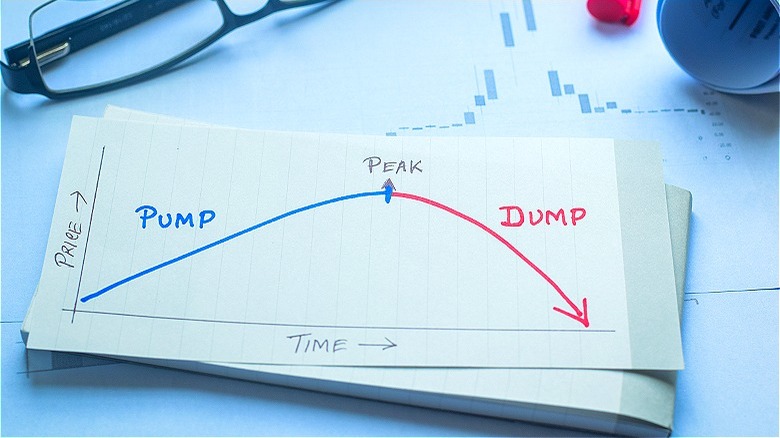Circular Trading: Why It's Illegal
It can be hard to keep track of the many (many) ways traders might engage in market manipulation. Whether you're new to investing or simply looking to learn more about what not to do, researching different kinds of securities fraud can be a smart and informative way to ensure you stay above board in your financial dealings. One type of securities fraud in particular, circular trading, can come with harsh punishments and steep penalties.
At its simplest, circular trading involves selling and buying shares simultaneously so that the stock never actually changes ownership. In the past, company shareholders would make circular trades as a way to protect — or even bump up — their financial investments. By submitting sell and buy orders simultaneously (and at the same price), traders can ensure share ownership remains the same while giving the appearance the stock is popular. This artificially created popularity can then increase the price of the shares since the stock is seen as more desirable.
However, this market manipulation can falsely lead buyers into believing the inflated shares have greater liquidity (and that they'll be easy to sell at a profit). Initial public offerings of stocks, as well as penny stocks can be especially vulnerable to circular trading as a way to create buzz and, more importantly, a higher starting stock price, which is why circular trading is illegal in almost every country that has stock markets.
Pump-and-dump schemes
While you've probably heard the phrase "pump and dump" before, you might not be aware of how this type of fraud connects to circular trading. In this scheme, traders with an established connection to a specific company's stock create fake recommendations or buzz for those stocks in the hopes of boosting their prices. They can do this through false, misleading, and/or exaggerated statements and tactics with the express intention of then selling their stocks at a higher share price than they would have received before. They pump up the price, just to then dump the stock at a profit. This is another form of market manipulation, and it shares many connections with circular trading. Mainly, circular trading can be one of the misleading tactics traders employ to make a stock seem more desirable in order to boost its share price for their own profit.
While pumping-and-dumping is similarly illegal, the internet has made the fraud easier to perpetrate than ever. Between blast emails, message boards, and bots, creating buzz around a specific stock can (unfortunately) be relatively easy. By proliferating recommendations on such a wide scale, investors can be duped into buying these seemingly enticing stocks only to face significant financial losses. It's also important to realize that in both pump-and-dump and circular trading, multiple different people and/or groups generally have to be involved to create the seeming legitimacy of a stock's popularity. This can make it especially difficult for investors to differentiate between a legitimate stock tip and something more nefarious.
The consequences of circular trading
Even though circular trading and other market manipulation securities fraud tactics are illegal, it doesn't stop some people from trying. According to the United States Sentencing Commission, there were 4,235 reported cases of theft, property destruction, and fraud in 2021. Of those, 3.4% of those involved securities and investment fraud (a whopping 38.7% decrease since 2017).
Yet, even though rates are down, the financial losses associated with these fraud cases can be astronomical. The median loss for the 141 fraud offenses in 2021 was $2,881,438. While only 6.3% of those cases reported losses of less than $250,000, almost 26% involved losses greater than $9.5 million. So, while a declining number of people are being convicted of securities and investment fraud, the financial ramifications of those that are still perpetrating these crimes is significant.
The consequences of committing this type of white-collar crime can be intense. For starters, 87.9% of the 2021 fraud perpetrators were sentenced to prison with an average sentence of more than four years (however, under federal law, they can technically be sentenced to up to 25 years). While the crime is bad enough already, sentencing can be even harsher depending on factors in the case. The sentencing for these crimes can use everything from the number of victims affected to the extent of the harm caused to just how sophisticated the perpetrator's attempts to hide what they did were. All of these can lead to increased jail time, not to mention fines and even extended probation lengths.


